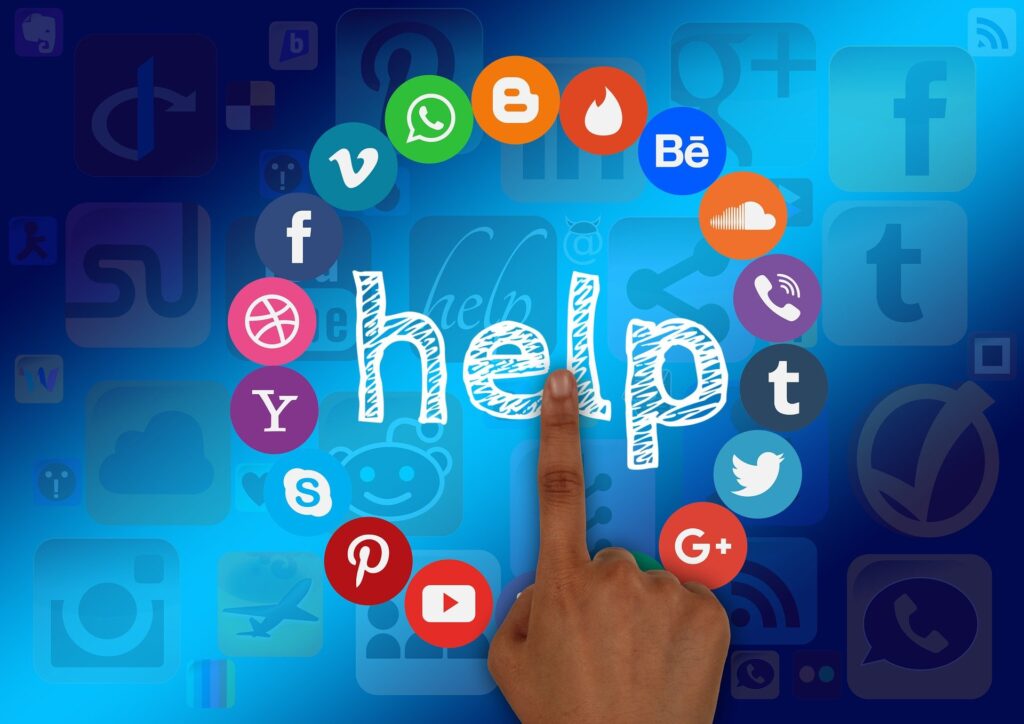Social media has become increasingly more popular over the years and has changed the course of the body positivity movement and how people perceive their self-image. Researchers and scholars, (Levina and Tiggemann (2008), Andersson, Goodyear, Quennerstedt and Varea (2022), Dare, Leesa, Monks, Reid (2021), Convertino, Rodgers, Franko and Jodoin (2019)) share how young girls’ and women’s perception of their bodies are triggered by the usage of social media and the unrealistic body standards influencers share with the world. Girls become much more self aware of their body image due to an increase in social media which correlates with an increase in desire for thinness and decrease in body esteem (Levina and Tiggemann 2008). In the past, bodies have been considered a more private conversation, but with the advancements of social media body image has become a much more public entity (Andersson, Goodyear, Quennerstedt and Varea 2022). Dare, Leesa, Monks and Reid’s (2021) focused on older women, who stated that they believe social media upholds unrealistic body standards, harmful social comparisons and their desire to achieve the health and wellness that social media presents. Typically, women react positively to advertising campaigns that deviate from the “thin-body” standard society sets. Influencers and models constantly showcase their bodies online which promotes the desire for young girls and women in general to believe that these influencers and models are the beauty standards and they need to follow. These previous studies mentioned above are relevant to my topic as they address the advancement of social media and how its presence has negatively affected young girls and women and how they perceive their body images based off of social media influencers.
Others have looked at specific social media outlets such as Instagram and Tiktok, (The Paradox of Tik Tok (2021) and Kelly and Daneshjoo (2019)) providing insight into how body positivity is spread on these specific social medias. Tiktok’s “for you page” creates an algorithm where videos an individual watches continues to be placed on to their feed allowing people to repeatedly see videos that may promote unhealthy obsessions with their bodies. This is why many people consider the app to be toxic as it reinforces the ideas behind unrealistic body images. When looking at Instagram, through the body positivity movement, Instagram can provide a positive outlet of self-expression for women (Hassan and Tatari 2021). This is important to note as not all social media can be toxic, some may provide outlets for people to express themselves in ways others support or they may simply gain support from others who have similar body types to them. These studies of Tik Tok and Instagram share that while social media may be harmful in some ways, it can also provide positivity and communities to lean on for support (Hassan and Tatari 2021).
While social media can be held responsible for both positive and negative effects on one’s view of body image, there are other studies that show that social media has little to no effect on how people perceive their bodies. The relationship between social media and well-being/body satisfaction is a major topic of study. Measures of social media engagement may not be directly related to body satisfaction or well-being, such that other aspects of the social media experience are more important for adolescents, such as exposure to specific content (Jarman et al. 2021). Social media does not always have an effect on one’s body image and, in some cases, may provide more positivity to an individual. The body positive movement offers a safe space for people with heavier bodies when feeling insecure and to gain confidence (Hynnä and Kyrölä 2019). Hynnä and Kyrölä (2019) claim that body positive media is often critiqued for making self-love seem like an easy task but when the focus shifts from discourses to effective strategies of engaging followers and when considering participatory online material it is not as critiqued. Overall, researchers have shown that social media may have negative (Levina and Tiggemann (2008), Andersson, Goodyear, Quennerstedt and Varea (2022), Dare, Leesa, Monks, Reid (2021), Convertino, Rodgers, Franko and Jodoin (2019), positive (The Paradox of Tik Tok (2021), Kelly and Daneshjoo (2019) and Hassan and Tatari 2021) or neutral effects on users; this project seeks to examine these effects via a more current investigation of Tik Tok.
